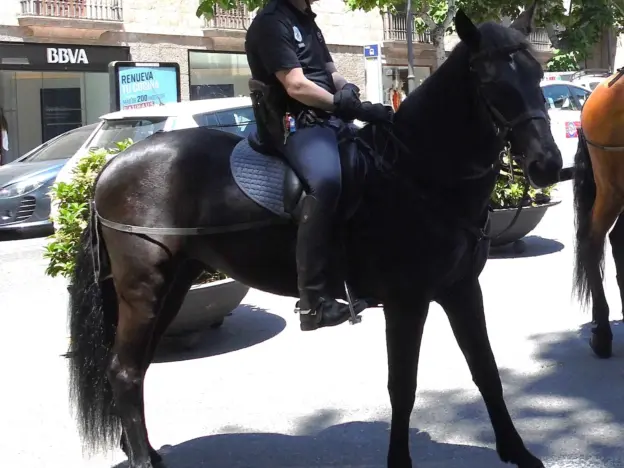Intro
The Masuren or Mazury horse is extinct today but was once a notable breed of Poland and was prized as a riding horse.
Read more
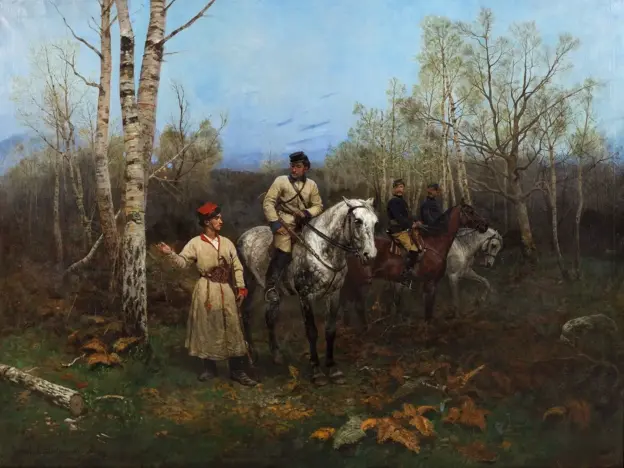
The Masuren or Mazury horse is extinct today but was once a notable breed of Poland and was prized as a riding horse.
Read more
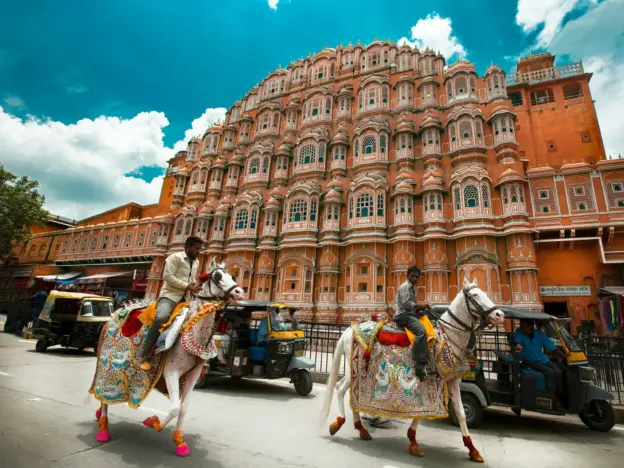
The Marwari Horse comes from India and is perhaps best known for their ears which point inwardly often until they touch or overlap. This is generally a sign of pure blood.
Read more
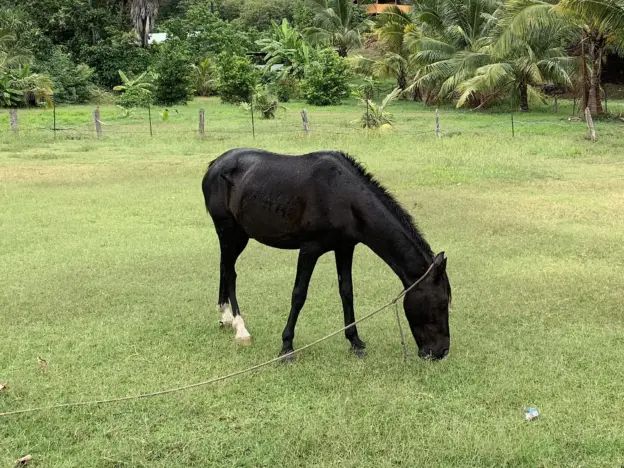
The Marquesas Islands Horse is a small animal that comes from the Marquesas archipelago in French Polynesia. They are an important part of the local culture and part of the island life for a very long time.
Read more

Also called Maremmana, the Maremmano breed is indigenous to Italy and was bred during ancient times in the marshy areas between Pisa and Caserta.
Read more
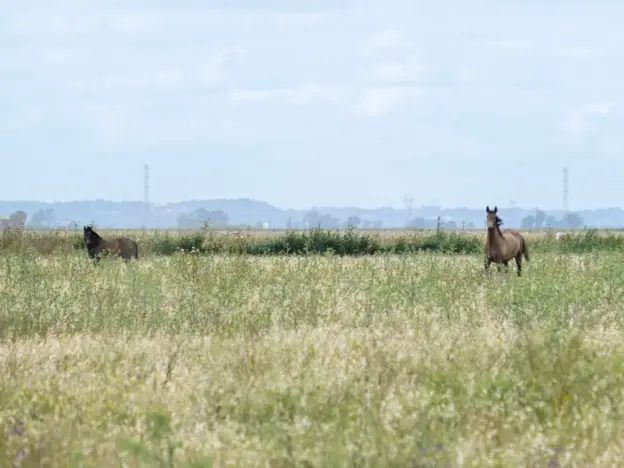
Also called Baixo Amazona and Majaro Island Horse, the Marajoara Horse is one well adapted to its environment.
Read more
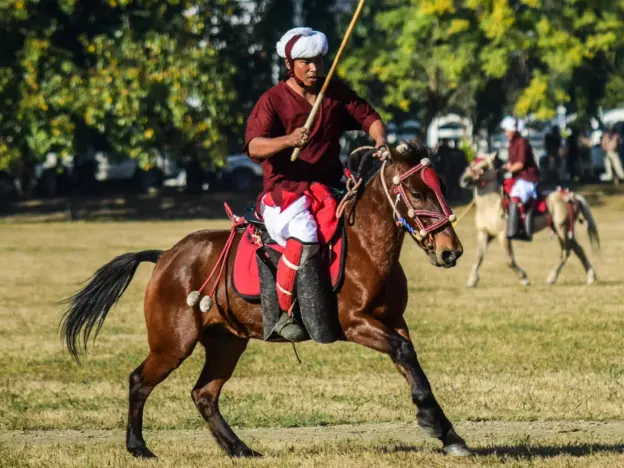
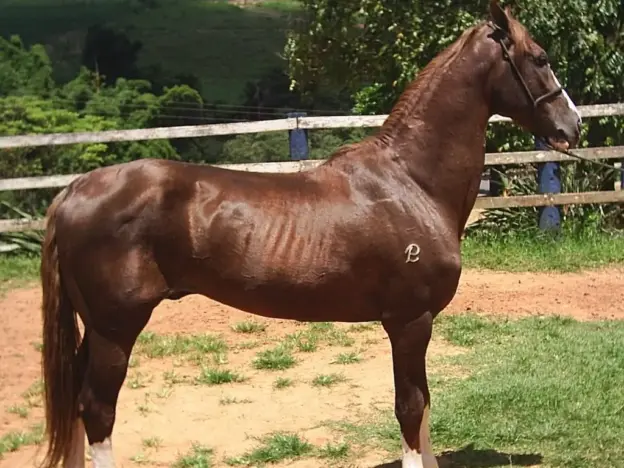
The Mangalarga Pulista is a breed that was developed from the Mangalarga Marchador breed in Brazil, so their history is very similar.
Read more
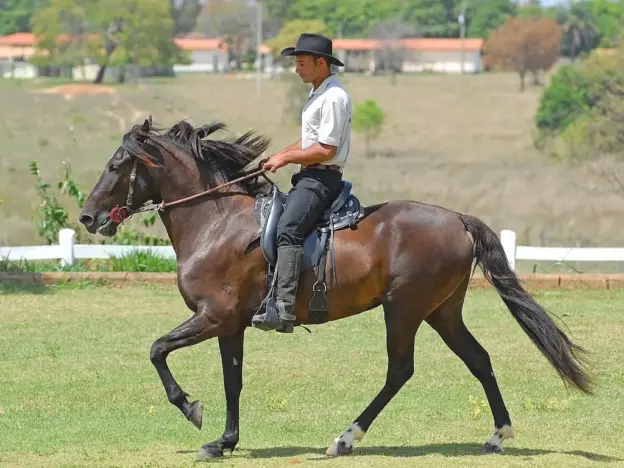
The Mangalarga Marchador is the most popular and widely found horse in Brazil where they were developed in 1740 by Joao Francisco of Portugal.
Read more
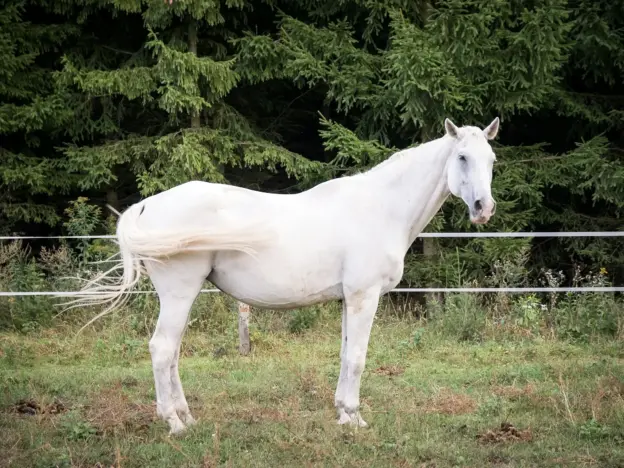
Also called the Little Poland Horse, the Malopolski is an Anglo-Arabian that is bred in the southwestern regions of Poland.
Read more
